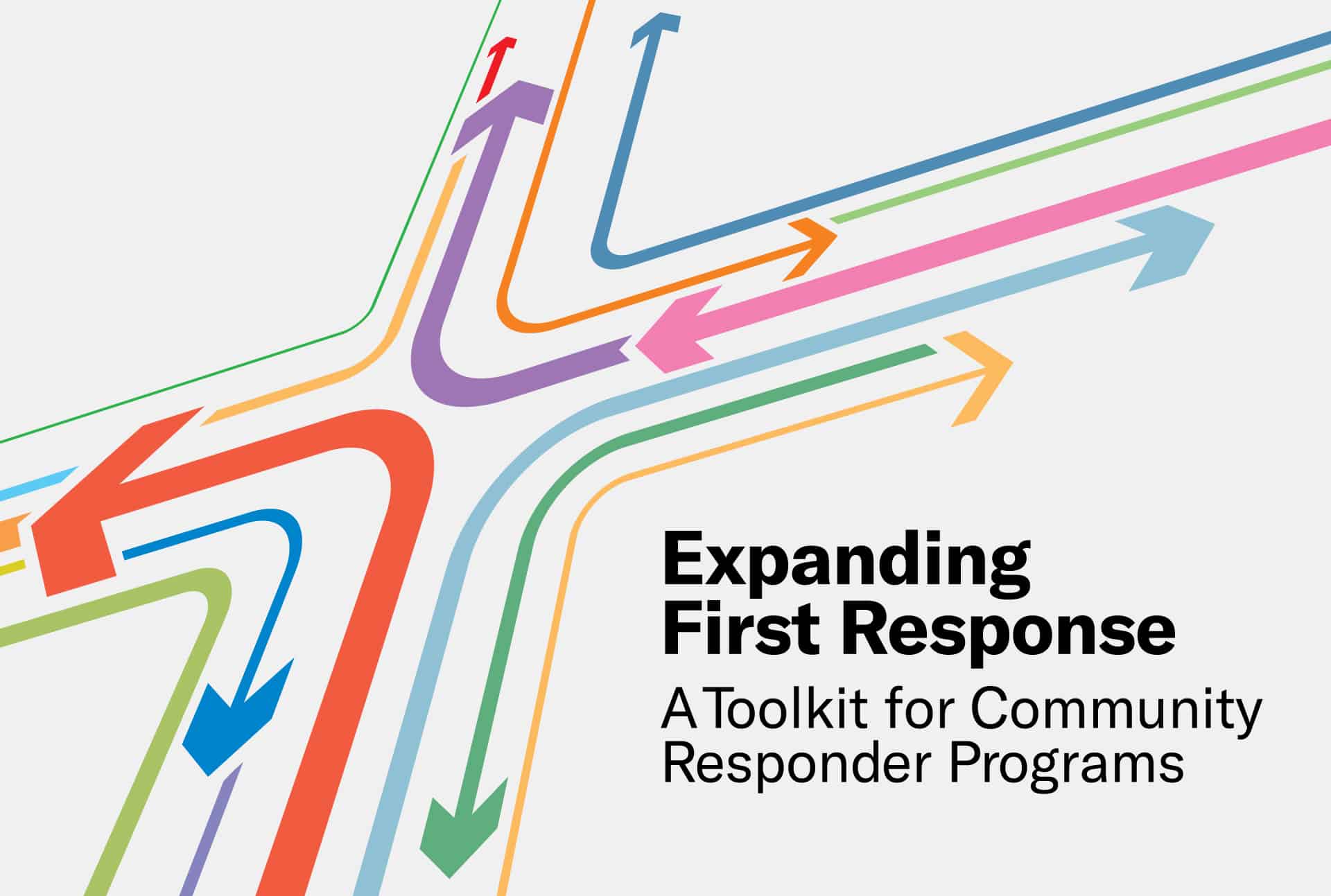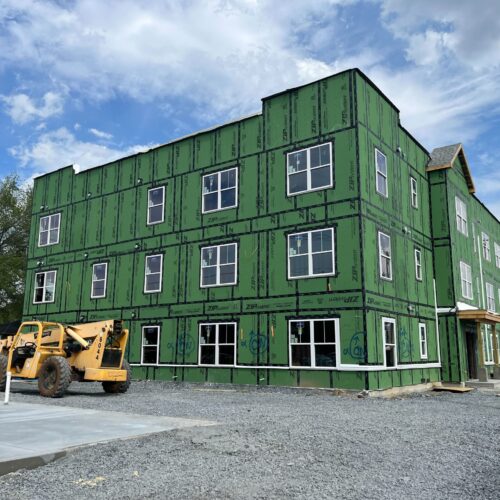
Community responder programs are gaining popularity across the country. These programs, which position health professionals and staff trained in crisis response as first responders, are often used to de-escalate behavioral health crises or respond to social disturbances. While they are typically formed at the county or local level, state-level actions, such as legislation and executive orders, can be useful tools to jumpstart community responder programs. Below are three ways that state leaders can support such programs.
1: Creating Community Responder Teams and Accountability Measures
One way to build community responder programs through state legislation is to direct local governments to create them. Existing state legislation that has supported the development of community responder programs have included set goals for: (1) the number of people to be served to establish clear metrics; (2) data collection to encourage accountability for producing positive outcomes; and (3) shared oversight between criminal justice and behavioral health agencies.
An example of this type of legislation is Virginia’s Marcus-David Peters Act, named after an unarmed Black man who was shot and killed by police while experiencing a mental health crisis. The Marcus-David Peters Act stipulates that every locality establish a community care team to respond immediately to behavioral health crisis situations. These teams must include mental health service providers and peer recovery specialists. The law institutionalizes cross-agency collaboration and includes the Mental Health Awareness Response and Community Understanding Services (Marcus) alert system, which routes 911 calls involving serious mental illness, substance use disorders, or co-occurring disorders to community care teams to respond. Requiring an alert system is significant, as it encourages community responder programs to receive notifications via 911 call triaging. In addition, the act ensures accountability through an implementation report developed by the state that includes local reporting requirements.
2: Establishing Incentives for Expanding Crisis Infrastructure
Beyond merely calling for localities to create new community responder programs, state legislation can also offer funding incentives to encourage communities to expand their existing crisis response and behavioral health systems to include community responder programs. When using a legislative model like this one, it is important for lawmakers to establish a timeline for program development while also providing proper financial investment. For example, the law might specify that the program is built in one year, but also fund staff, wellness checks, and data collection to support the program’s infrastructure. The inclusion of projected timelines in legislation provides clarity regarding when community responder programs are expected to be sufficiently funded and operational to serve clients.
Oregon’s State House Bill 2147 demonstrates one way to establish financial incentives, as it requires the Oregon Department of Human Services to administer grants to cities or counties to operate two-person mobile crisis intervention teams. To receive funding, cities and counties must have a certain level of existing crisis services—such as crisis stabilization units or emergency shelters—according to population density. In addition, 911 operators are required to receive training to recognize mental health, substance use, and trauma-related calls, and mobile crisis team staff must meet educational requirements, such as having a specialized bachelor’s degree.
3: Directing Actions at the Executive Level
Community responder programs can also originate within existing state agencies as a way to address appeals from residents to institutionalize public safety and crisis response systems without further relying on incarceration. One such example is in New York, where the governor issued Executive Order No. 203 in June 2020. The executive order was developed in response to protests following the police-involved murder of George Floyd, calling for reforms in local government agencies to “address any racial bias and disproportionate policing in communities of color” and reduce police-involved deaths. It requires a comprehensive review of local—not state—government policing policies, as well as a plan to incorporate feedback from residents and ensure it’s submitted to the Division of the Budget.
While this approach uses executive-level action to incentivize local reform, government officials and community residents are likely to have differing opinions of a top-down, executive order like this one. One benefit of this approach is that it can reassure any potentially hesitant stakeholders of the need for and importance of community responder programs; it can also help ensure initial funding and support. However, executive-level actions may inadvertently discourage sustained community engagement if the program is viewed as not being community led. There is also potential for uneven government responses across localities regarding incorporating racial equity. For example, if not explicitly included in the executive order, some jurisdictions may fail to incorporate the feedback of overpoliced people and their families into plan development due to non-existing relationships between residents and government officials.
The City of Ithaca, NY, is one example of how to successfully use this approach. City officials convened a group to reimagine public safety in collaboration with the Center for Policing Equity in accordance with Executive Order No. 203. This convening resulted in a draft report that was published and used to solicit community input and buy-in, and then directly led to the development of a new community responder program. The new program includes unarmed community solution workers who are trained in de-escalation and social service delivery.
To learn more about community responder programs, visit Expanding First Response, a toolkit that serves as a central hub for states and local communities looking to establish or strengthen community responder programs.
About the author

 Zero Returns to Homelessness Initiative Launches Nationally, with Pennsylvania Leading the Way
Read More
Zero Returns to Homelessness Initiative Launches Nationally, with Pennsylvania Leading the Way
Read More
 New Hampshire Continues Justice Reinvestment Effort to Improve Conditions for People Who Are High Utilizers of Criminal Justice and Behavioral Health Systems
Read More
New Hampshire Continues Justice Reinvestment Effort to Improve Conditions for People Who Are High Utilizers of Criminal Justice and Behavioral Health Systems
Read More














